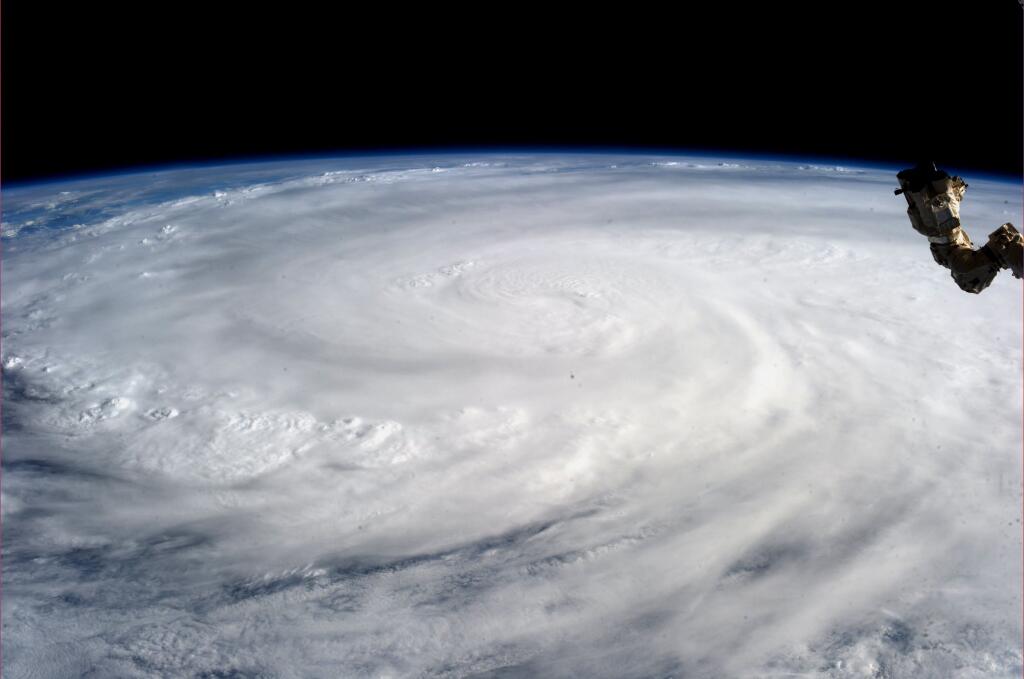
New Wizard Tool Maps the Climate Future (Op-Ed)

Evan Girvetz is a senior climate scientist for the Nature Conservancy. This Op-Ed was adapted from a post to the Nature Conservancy blog Planet Change. He contributed this article to LiveScience's Expert Voices: Op-Ed & Insights.
People often hear broad statements about how climate change will affect society and nature throughout the world, such as, "We need to hold the world's average temperature increase to 2 degrees Celsius to avoid major impacts."
But what does a global change of 2 degrees, 4 degrees or 6 degrees mean to specific communities in China, the United States, Poland or anywhere else in the world?
The bottom line is that climate change will play out differently in different parts of the world — and people need to address and assess the impacts to each location separately. Different places will experience different levels of temperature and precipitation change. And, climate will change differently during different parts of the year.
So, what will climate change bring to your community? There is an easy way to explore your future local climate.
Country-level data
Recently, the Intergovernmental Panel on Climate Change (IPCC) and partner science organizations around the world released an updated set of future climate models, the Fifth Assessment Report (AR5). [ IPCC Report: Strongest Case Yet for Human-Caused Global Warming ]
Get the world’s most fascinating discoveries delivered straight to your inbox.
The Nature Conservancy has just integrated this data into the Climate Wizard tool — and results are now available for people to explore how climate change is likely to impact areas of interest to them. Nature Conservancy released this new version of the Climate Wizard in conjunction with the United Nations Framework Convention on Climate Change (UNFCCC) COP19held in Warsaw, Poland.
The tool allows people to see the results of 28 future climate models for temperature and precipitation changes in 25 countries. For example, this application allows users to see that 100 percent of climate models agree that precipitation is projected to increase in China, and that in parts of the Tibetan plateau, the amount of rain that falls by 2090 will likely be greater than has ever fallen in the past. In contrast, the tool projects that Mexico will be 11 percent drier on average, with the most drying occurring in the Yucatan Peninsula, Southern Mexico and coastal areas. However, if emissions remain at a lower level, Mexico will likely be only 3 percent drier.
The Nature Conservancy launched the Climate Wizard project in 2009 working with partners at the University of Washington, University of Southern Mississippi, Santa Clara University, Climate Central and the World Bank, in order to help people around the world better understand the impact of climate change on the places where they live, work and play.
Zooming in on extreme impacts
The Climate Wizard project has also produced a new application, in collaboration with the World Bank, to make climate information more relevant to specific types of impacts and to analyze climate extremes. Using future climate data at a daily time scale, the project developed 22 global, derivative climate statistics that relate to specific types of impacts — such as metrics of extreme precipitation and heat events. Those data have been integrated into the Climate Wizard analysis framework as part of the World Bank Climate Knowledge Portal.
Working with local scientists, community leaders and partner organizations, the Nature Conservancy has used Climate Wizard in several countries to paint an even more detailed picture of what future climate may mean at a regional scale. This summer I traveled to Ethiopia to help engineers and scientists better understand how climate change will likely affect water resource management in the Nile River Basin. We used the Climate Wizard to develop a website customized to the Eastern Nile Regional Technical Office. This application analyzes nine climate models to project how precipitation could decrease in the Egyptian, lower portion of the river basin where water agriculture consumes water, while increasing in the Ethiopian, upper river basin where a majority of the precipitation falls. The application can support planning of Eastern Nile Basin water resources, which is a major effort under negotiation among Egypt, South Sudan and Ethiopia.
The new applications developed for IPCC COP 19 and for the World Bank represent the continual evolution of the Climate Wizard to provide the most up-to-date, accessible, relevant and useful information to people around the world. The project is also continuing to find ways to better communicate complicated climate-change information so that decision makers, policymakers and others can understand the impact that climate change will have on the places they care about. This information helps society understand how the climate we (and our grandchildren) ultimately end up with depends on the decisions we make today about carbon pollution that is warming our world.
The views expressed are those of the author and do not necessarily reflect the views of the publisher. This version of the article was originally published on LiveScience.
 Live Science Plus
Live Science Plus






